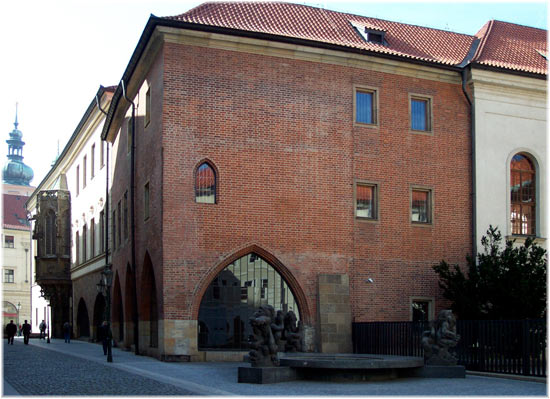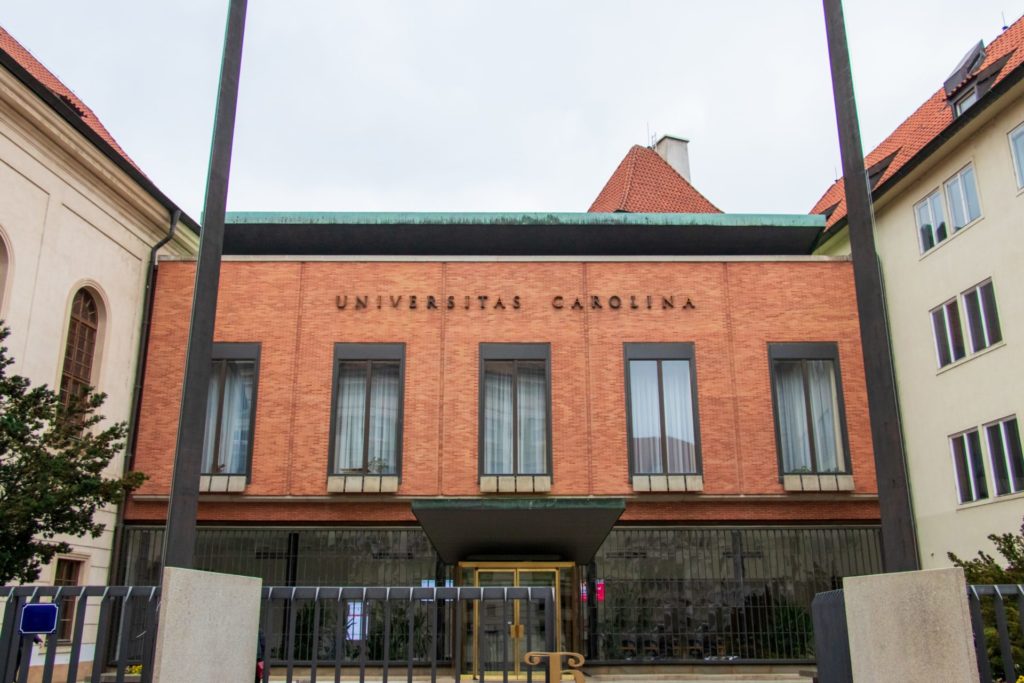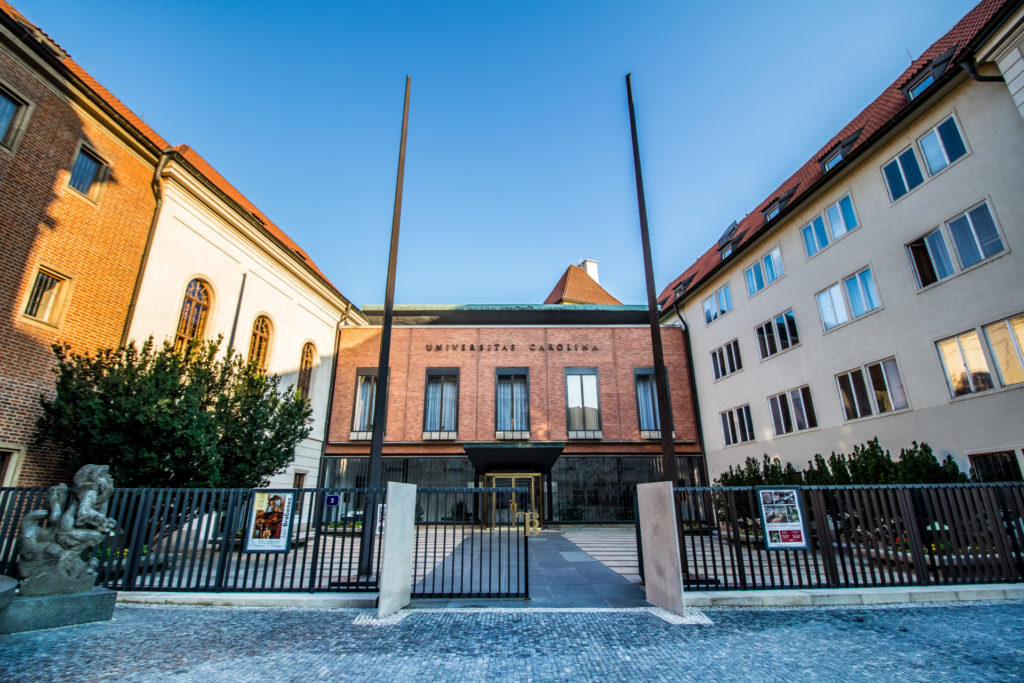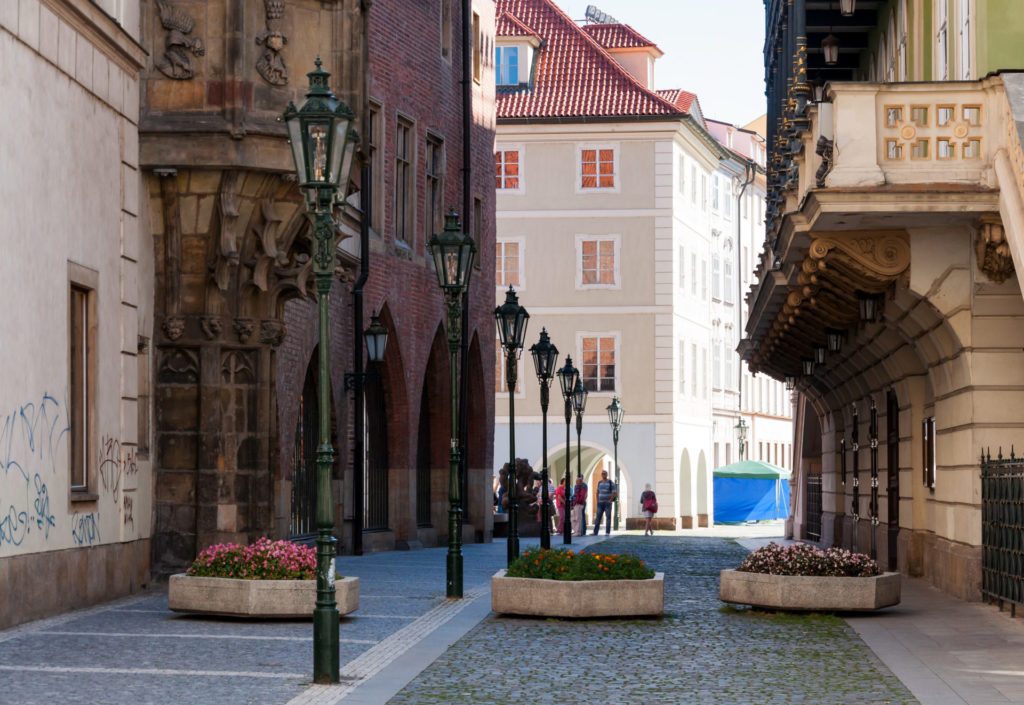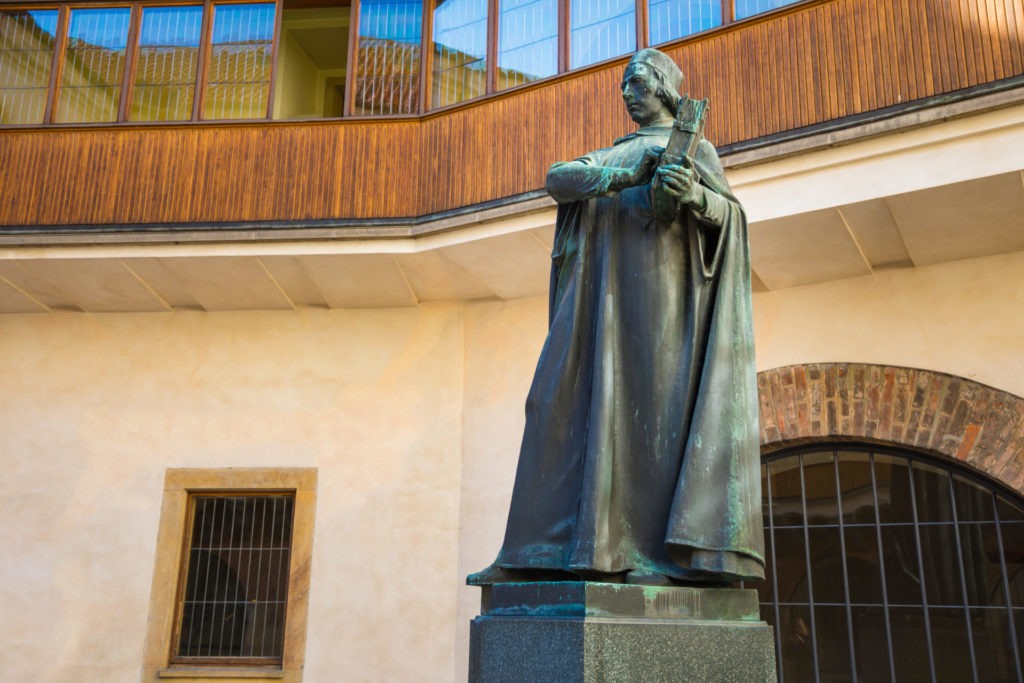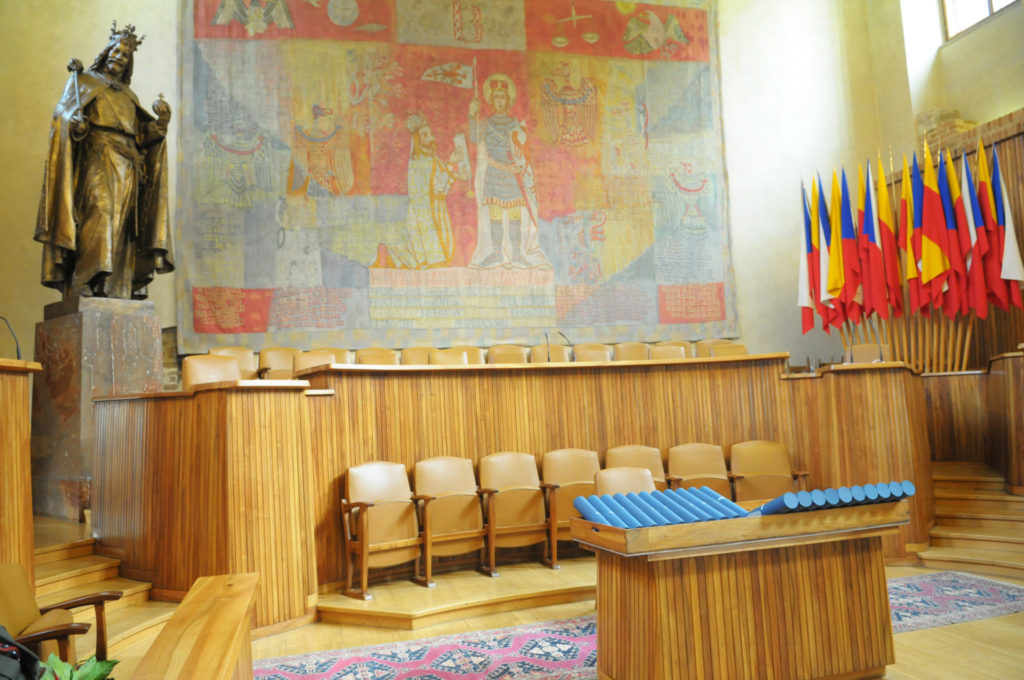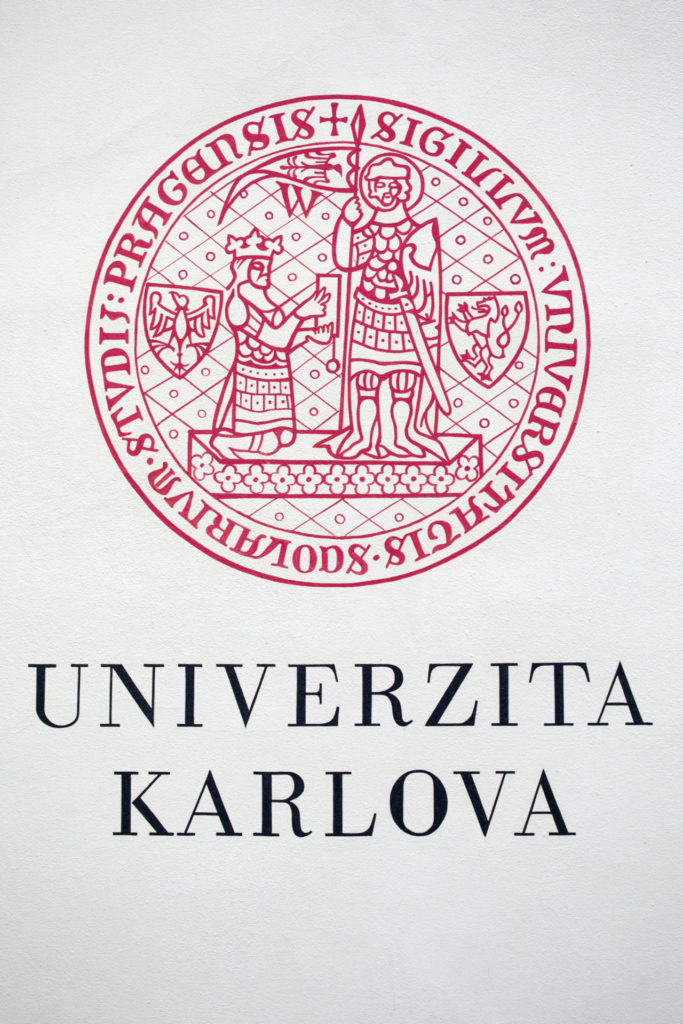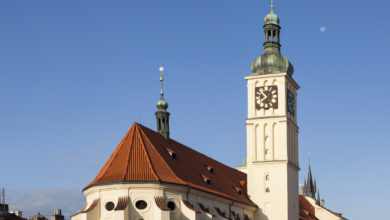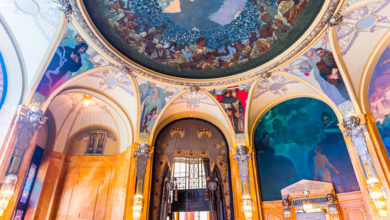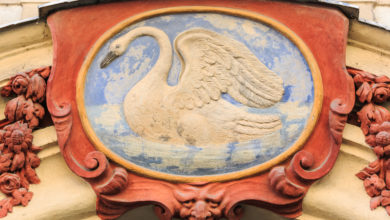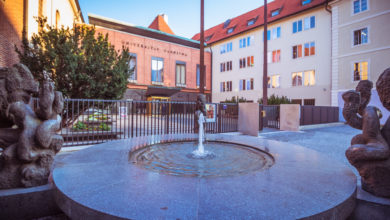The Charles University in Prague
Univerzita Karlova v Praze / Universitas Carolina Pragensis
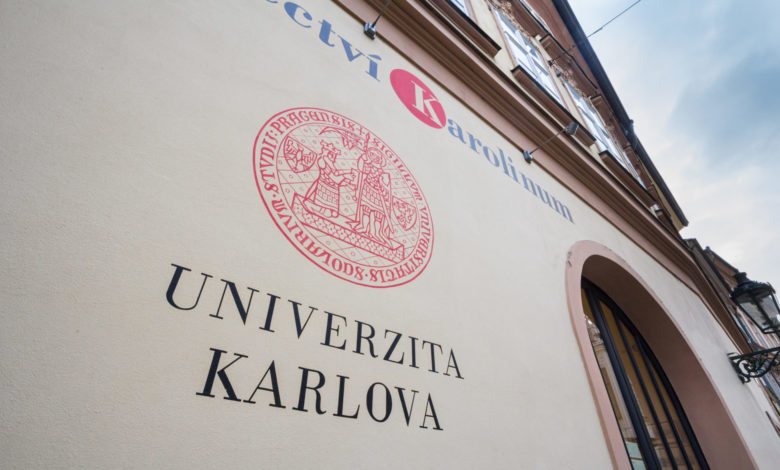
During the 1300s, students of Charles University initially studied the arts and then progressed onto 1 of the other 3 disciplines (law, theology and medicine). Theology was deemed to be the most important. The student population was diverse, and classes got taught in Latin. Czechs comprised just 25% of all students.
Throughout the chaotic Hussite reform era, during the early 1400s, the policies at the university were altered to provide greater power to the Czech students. Many foreign professors and students departed Prague and set up the 1st university in Germany in Leipzig to object to this. Czech nationalists celebrated this as a victory over non-Czechs, but the new policies took Charles University from being a European learning centre to being a provincial institution.
During the 1600s, the mainly Protestant university got presented to the Jesuits. However, during the 1780s, Joseph the Second (the Habsburg Emperor) got rid of the Jesuits, altered the teaching language to German (from Latin), and opened up the university to non-Catholics. Czechs were not free to learn their native language until 1882. This was when the university divided into 2 different centres (the German centre was closed in 1945).
These days, Old Town still lives a double existence as both a university campus and a commercial centre. Although souvenir stalls may border them on the exterior, lots of buildings have classrooms that lecturers have used for hundreds of years. Many of the most hidden courtyards in the Old Town have offered Czech scholars their 2 most vital needs: space for inspirational discussions and good beer.
Forever a focal point for Czech political thought, Charles University has incited revolutions and trouble. This is where Jan Hus demanded Church reform; university intellectuals triggered the uprisings of 1848 and 1618, and, during modern times, students rallied against fascist regimes in 1968, 1948 and 1939. The Germans shut every Czech university throughout World War Two. Subsequently, the communists sacked professors who did not adhere to their party line and substituted them for applicants selected depending on their class background, as opposed to their ability. In November of 1989, The Velvet Revolution, which ejected the communists from power, began as a student protest.
After 1989, while many professors went back to their classrooms, the education system has still yet to move on from the tradition of the fascist regimes. From the outset, students are instructed to memorize instead of thinking freely; knowledge is assessed by facts and not by any ability to utilize them. Even at the degree level, students rarely dare to challenge the opinion of the professor.
Charles University manages to attract the top Slovak and Czech students still. As with most of Europe, University education is free in the Czech Rep, and housing for students is subsidized heavily. You might think that free admission should make education more appealing to students from less well-off backgrounds; however, this is often not the case. Without sufficient cash invested into the education system, the state does not possess the means of building more schools. Demand, therefore, exceeds supply, so just 33% of those who apply to gymnasium (high school) get accepted, and just 50% of university applicants get admitted. Students from highly-educated families usually do better in this system, choosing students after they reach 10 years of age.
Teachers are badly paid (even tenured university professors hardly get by), and libraries remain underfunded. As a result, even students have lobbied for moderate fees to be introduced, improve educational access, and permit professors to spend reduced time doing side-jobs and greater time on research and lecture preparation. Ultimately, the fate of school fees is in the hands of the politicians, who frequently take more notice of the public mood than they do of the views of teachers and students.

